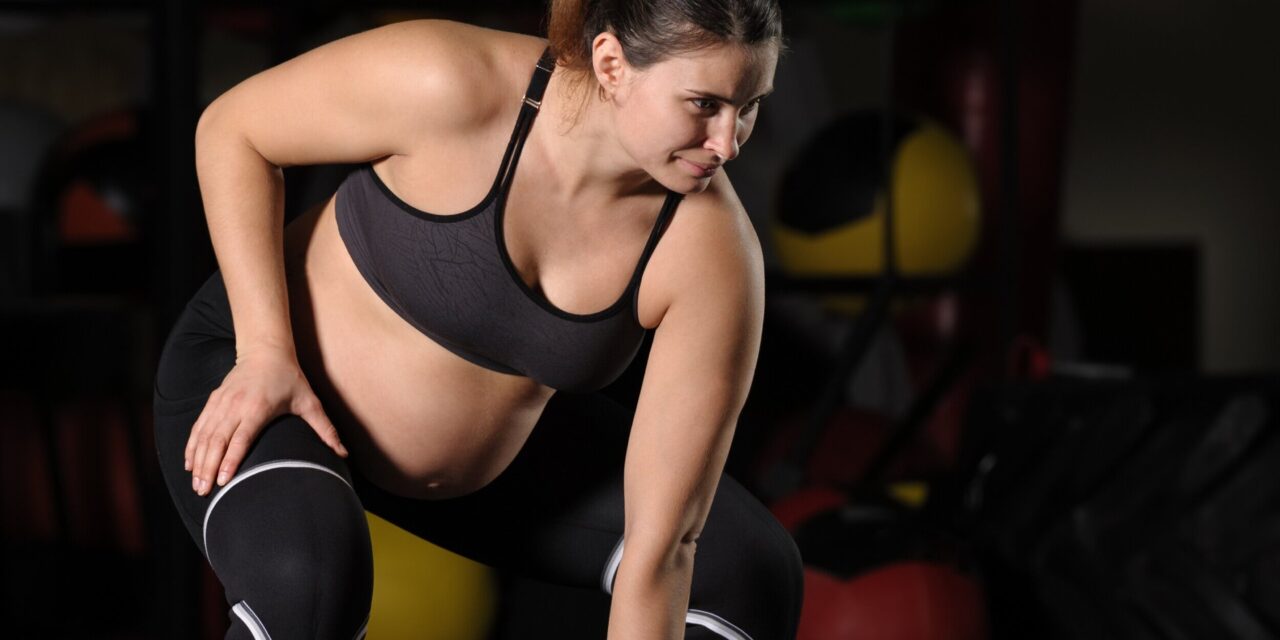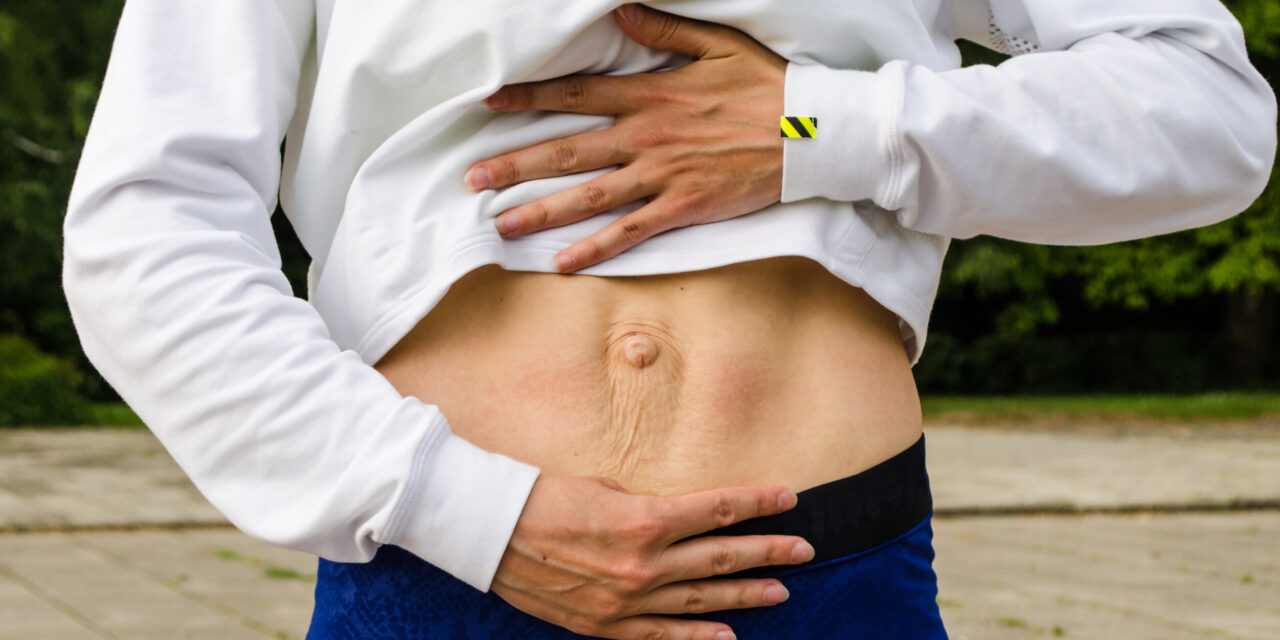Does Lifting Heavy Weights Increase The Chances Of Having Symptoms Of Pelvic Organ Prolapse?
A cross-sectional survey study by Forner et al. 2020, conducted through an online reporting survey of nearly 4,000 women looked at the prevalence of participants who reported pelvic organ prolapse symptoms (14%), defined as sensation of the vagina bulge, and the associated risk factors in women who lifted light (<15kg), moderate (16-50kg), or heavy (>50kg)...



